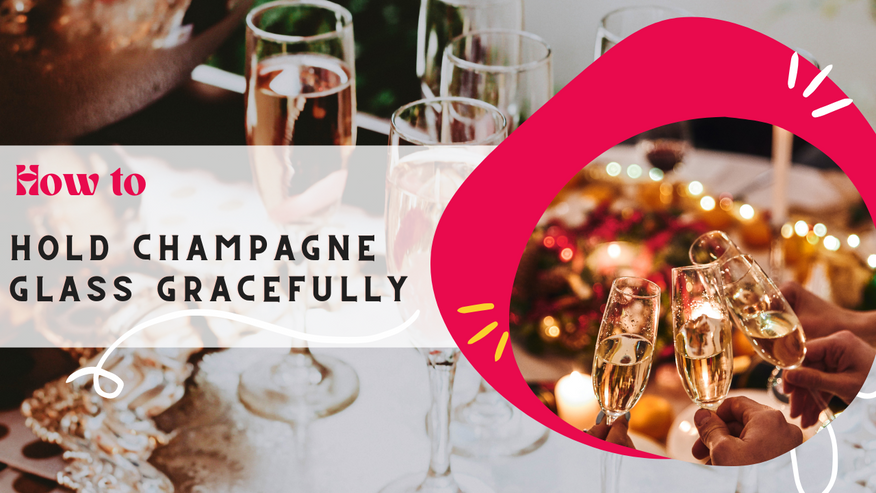Dec 6th 2022 - Monica Cunanan
How to Hold a Champagne Glass Gracefully?
Knowing how to handle a champagne glass properly is important because it’s fragile and light. Holding the glass correctly keeps your beverage cool and your champagne glass clean. This complete guide will show you discuss the different types of champagne flutes and different ways to handle them
How to Hold a Champagne Glass Gracefully?
There are three correct methods you can hold a champagne glass: (1) You can hold it by the stem, (2) by the rim, (3) or by the foot.
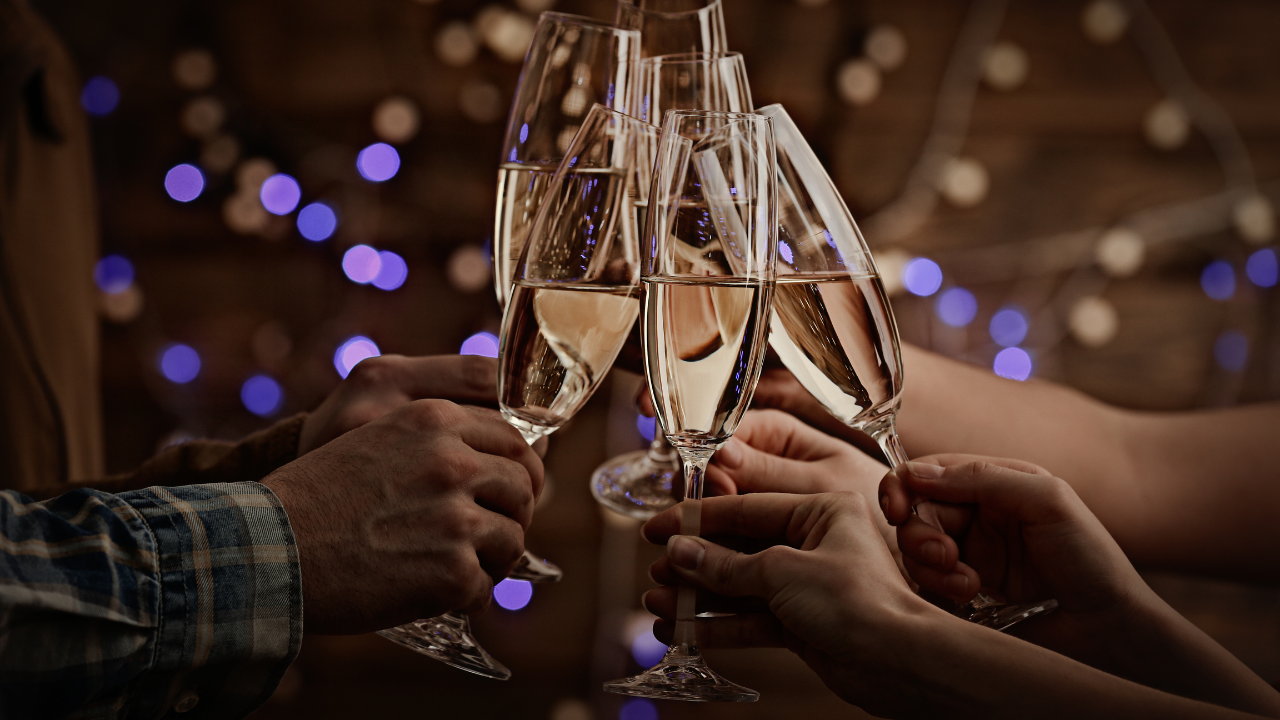
Read More: Types of Wine You Need to Try
1st Method: Hold Your Champagne Glass by the Stem
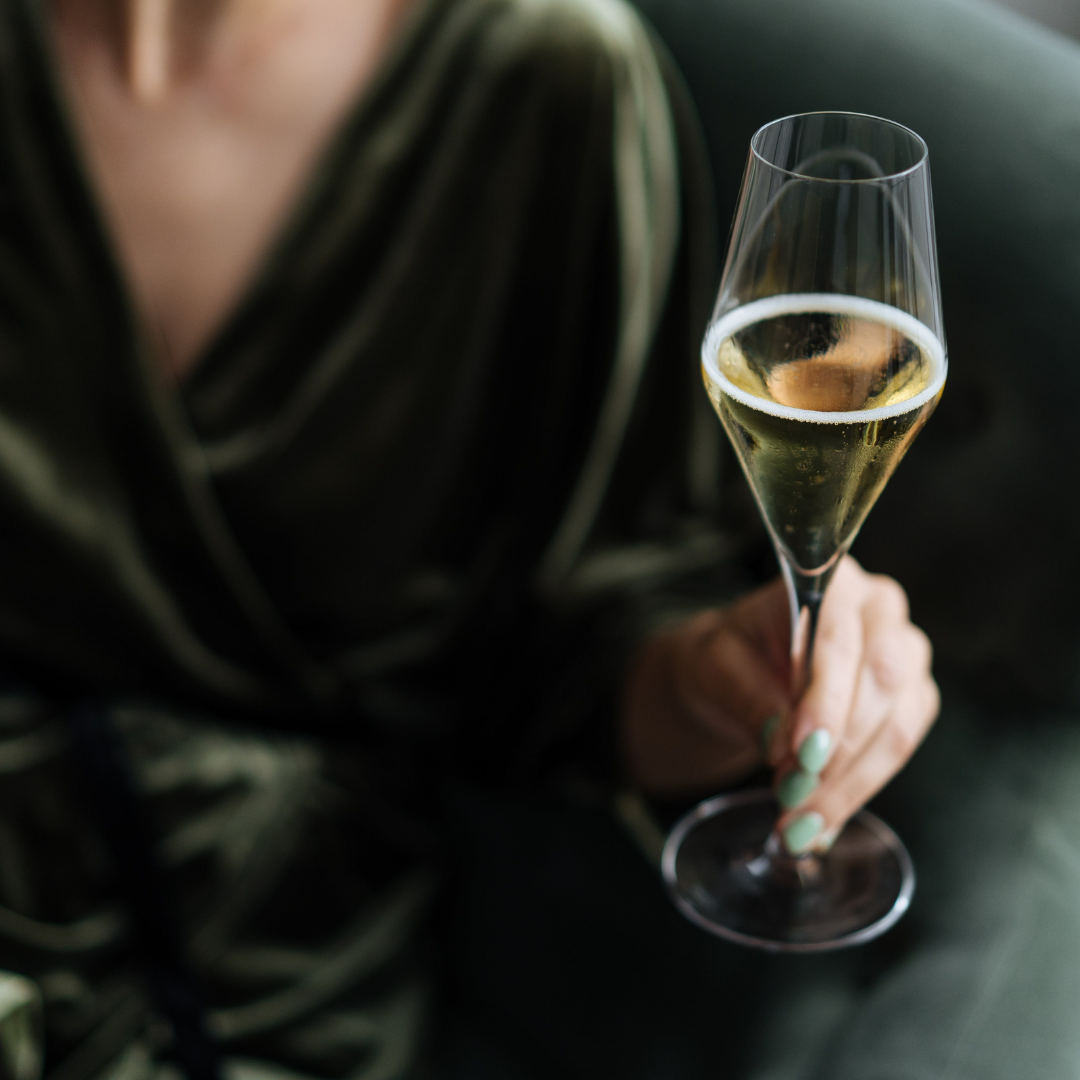
People often attempt to imitate this common method when taking photos at New Years' parties and other events. However, many people who drink champagne incorrectly put their hands near the bottom of the glass bowl instead of at the stem.
To execute this technique correctly, place your thumb and index finger on the champagne flute's rim and let the rest of the fingers rest on its bottom. You may hold the stem using your fingers.
The trick is to avoid holding the base and the bowl as much as possible.
2nd Method: Hold Your Champagne Glass by the Rim
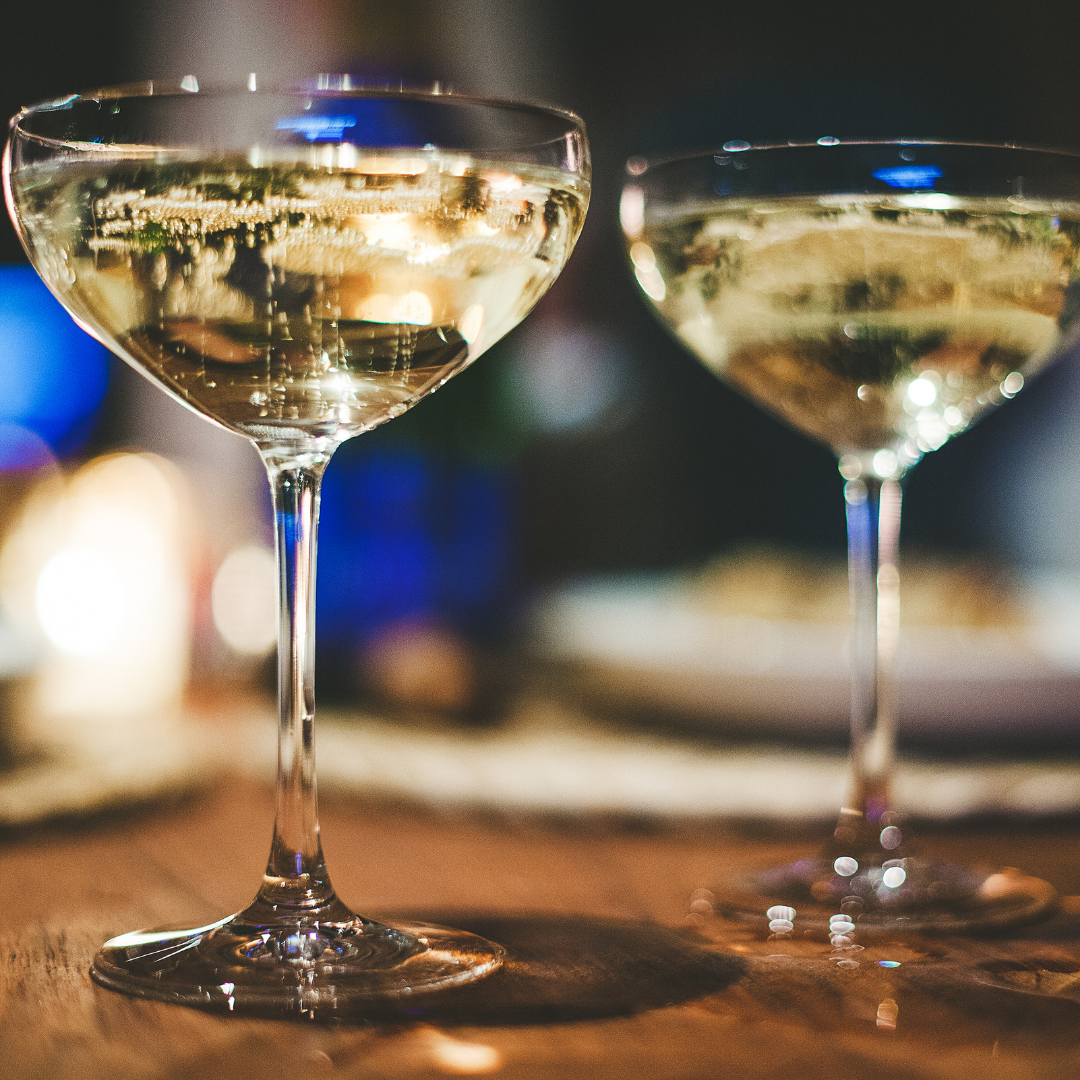
This technique may be best used for a coupé but not for a champagne tulip or flutes. You can also use this method, along with the first method, to hold a slim stemmed martini glass.
Holding the rim of the cup between your thumb and two index fingers, with your ring and little fingers will hover near the edge of the table so they don't touch your palm
To get a secure grip, place all your fingers around the edge of the glass. Do this while keeping your palm away from the glass.
3rd Method: Hold Your Champagne Glass by the Foot
Champagne flutes are designed so that the base acts as a foundation for the glass. Since having your hand close to its bottom or bowl quickly increases the rate of transfer of heat of the champagne, holding it by the farthest foot makes the most logical choice.
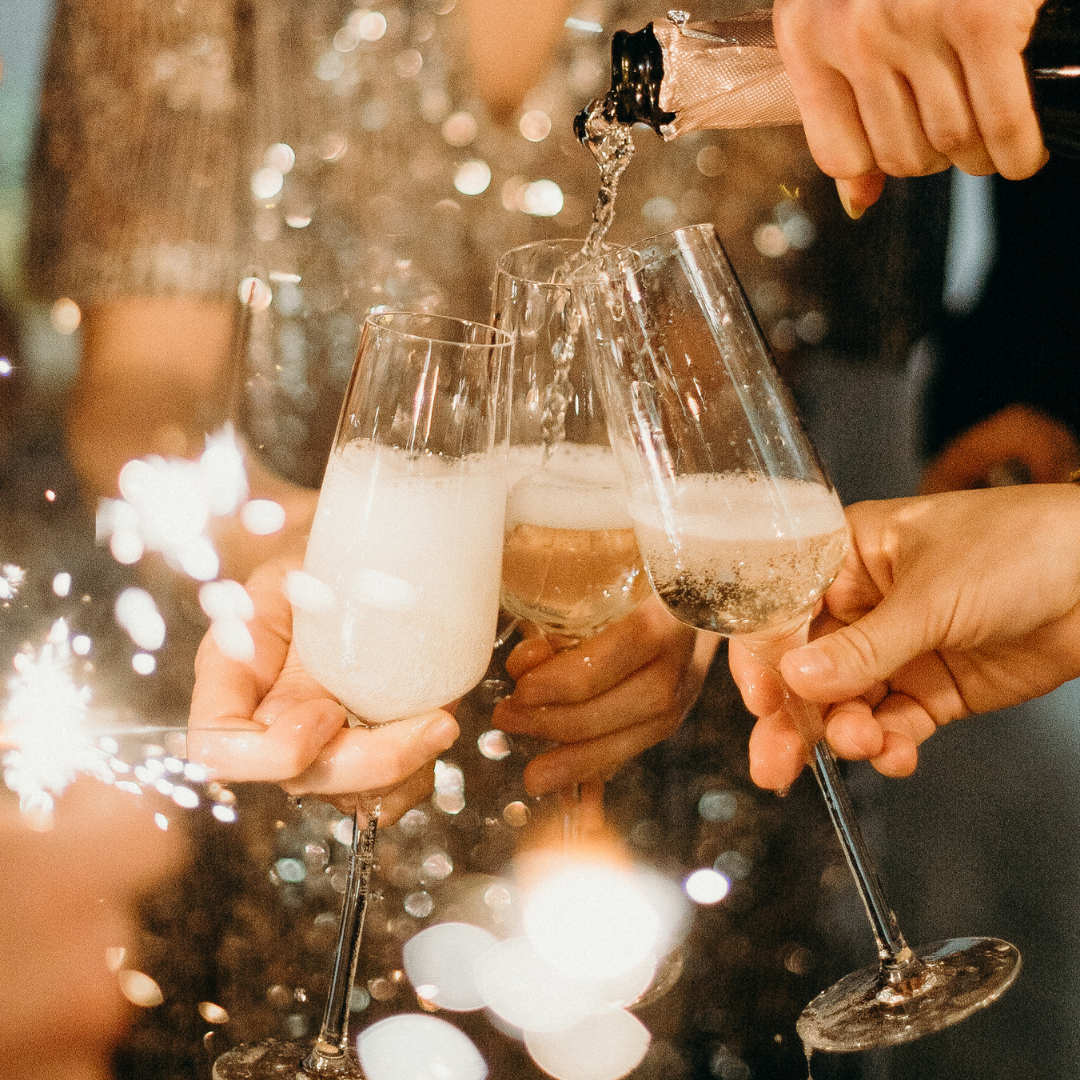
To do this:
- Place your thumb on top of the glass's foot
- Place the rest of your fingers at the bottom of the foot
- Alternatively, pinch the stem's base with your thumb and forefinger. Support the foot's bottom by letting it rest on your fingers
Holding a champagne coupe by the foot is not advisable because it has a wider base than most glasses which makes it harder for you to maintain balance.
Types of Champagne Glasses
The technique you use will depend on the Champagne glassware you're using but here are the different types of glasses you can serve champagne in:
- Long stemmed and narrow glassed flute.
- Wider-bowled champagne saucer. Also called a coupe glass, has a short stem.
- Long-stemmed, thin-glass tulip glass with an inward-facing rim.
- Stemless tulip-shaped glasses are identical to tulip glasses in shape but lack a stem.
Flute
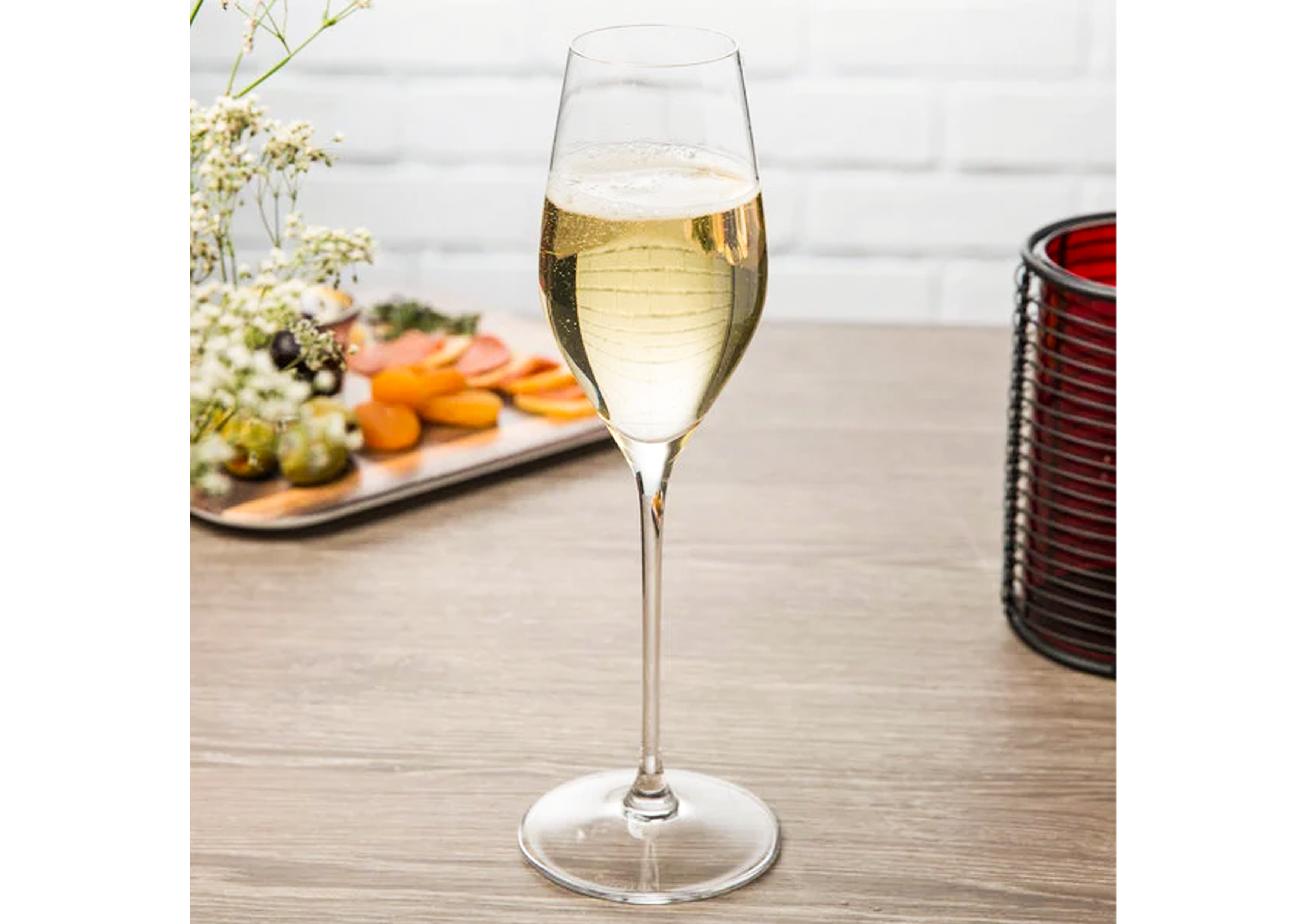
The most popular style of Champagne glass is the flute. Both glass and crystal flute glasses are available (including lead-free crystal glasses.) Flutes are the perfect option if you're concerned that your drink will spill and ruin your special occasion.
If you want to hold the champagne glass stem more easily, use a flute. These thin champagne glasses called flutes are renowned for their exquisite design. It has a narrow shape and unique flair. This glass is frequently regarded as one of the most well-liked champagne-drinking glasses. It enables you to enjoy your bubbly drink without the rounder rim of a wine glass. Unfortunately, a champagne flute is more likely to spill due to its light weight and thinness. Flutes are popular because they make it simple to see the champagne bubbles as they rise to the top.
Model Featured: Libbey 4198029
Tulip
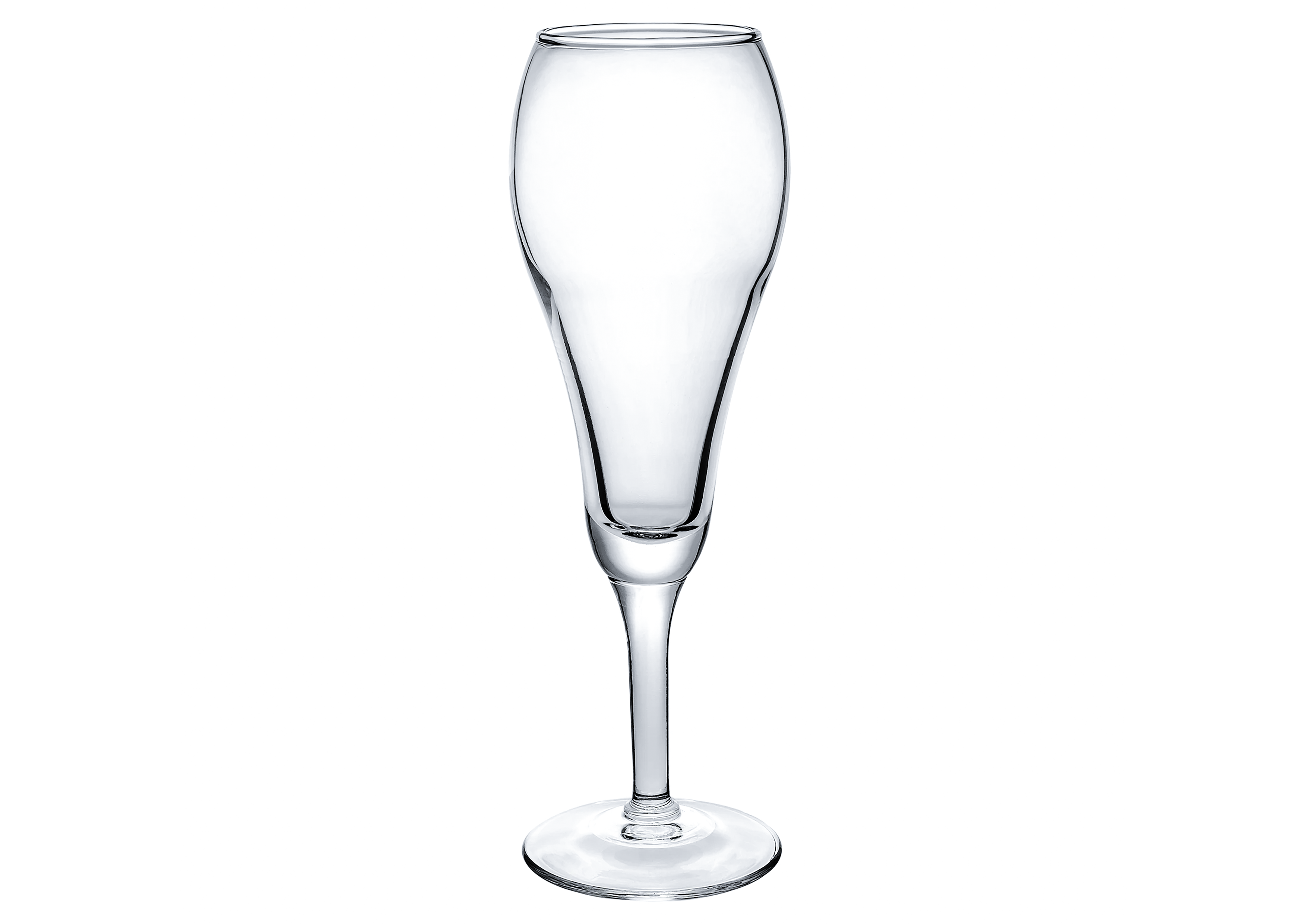
Want to combine the flute and coupe styles? Use a tulip glass. Its narrow mouth is best for preserving the fizz or effervescence of your bubbly for a longer period of time.
If you'd like to combine the flute and coupe styles, use a tulip glass because it has the more rounded form of a coupe glass together with the narrow rim of a flute. This design was developed as a superior substitute for sipping champagne because it is an excellent option for emphasizing the flavor and fizz of the champagne.
Model Featured: Libbey 8476 9 Oz. Citation Gourmet Tulip Champagne
Coupe
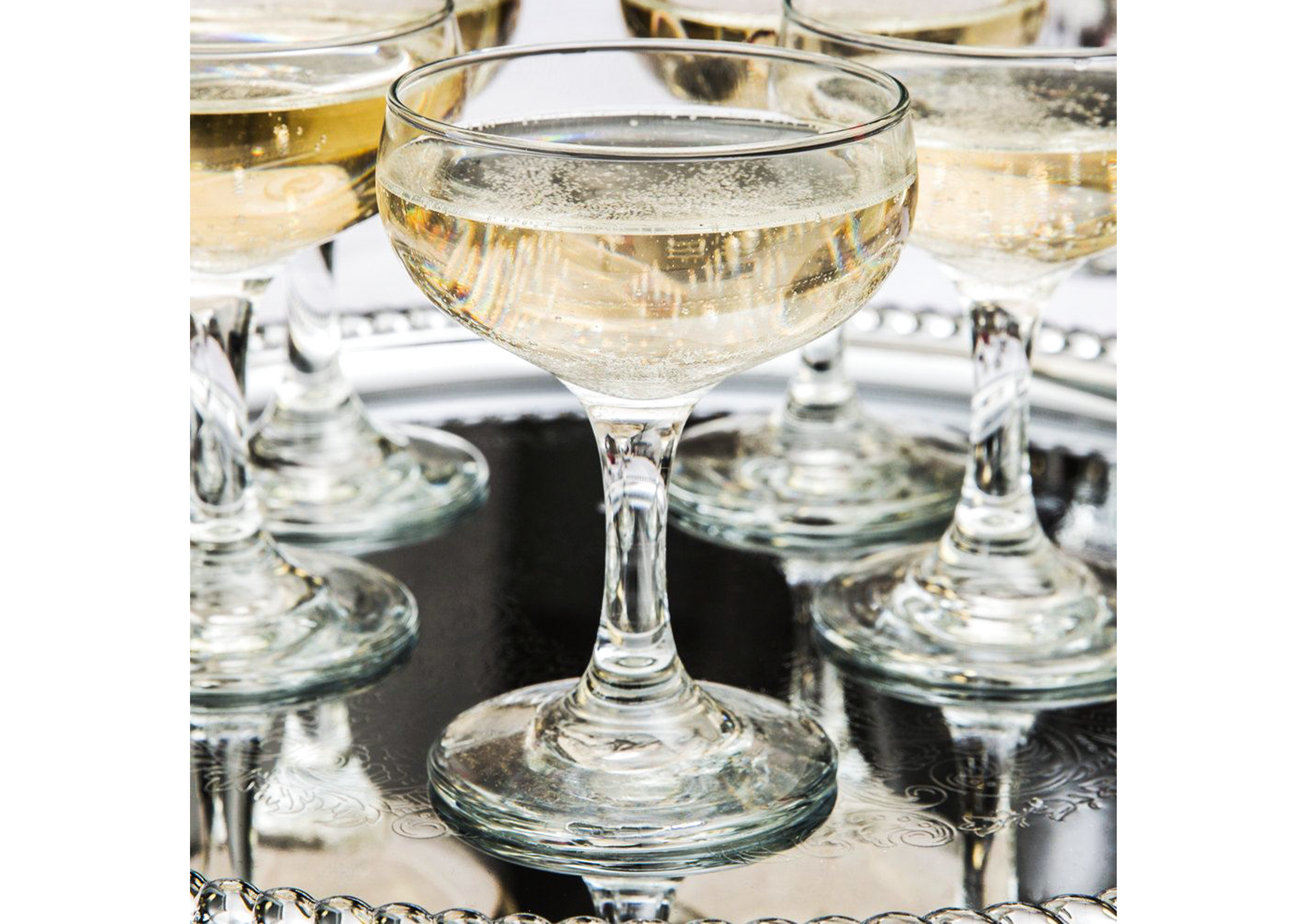
However, a broader crystal glass, such as a white wine glass or a Champagne coupe glass, is great if you want to savor your Champagne's full flavor profile. It tends to bring out the full flavor and aroma of your Champagne.
If you prefer a wider bowl, go for a rounded coupe glass. Coupe glasses have a bigger, rounder bowl to accommodate the champagne. This can often make the glass unbalanced and challenging to grasp. You would only use a coupe glass only if you can consume your champagne quickly or if you want to create champagne towers. This is the center of attention in any elegant parties wherein the glasses are placed on top of one another and champagne is poured like a waterfall from the top down. The downside of this is that the champagne loses its aroma and fizziness a lot faster due to its large surface area.
Model Featured: Libbey 3773 5-1/2 Oz. Embassy Champagne Glass
Choosing Your Glass
Regardless of the glass, you select, it's important to learn how to hold your Champagne bottle. So keep in mind to pour your champagne softly and just until the glass is three-quarters full.
Ready to Enjoy Your Champagne Properly?
We hope that this article served as a great addition to demonstrating your sparkling wine and champagne knowledge. Here at Culinary Depot, we help you make wise decisions about the type of glasses that you need in your bar or kitchen. Get in touch today!

